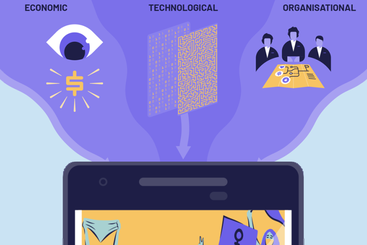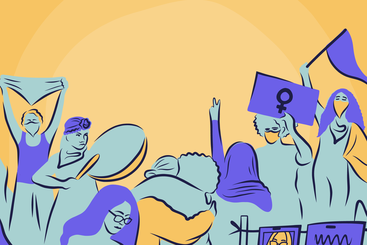Can social media and 'slacktivism' really change patriarchal gender norms?
As a virtual public space, social media has been harnessed by activists to call out gender injustice and patriarchal social norms, as well as share rights-based content and build movements for change. The second in a two-part ALIGN research series, this report lays out clear evidence of the great potential for feminist digital activism to catalyse transformative shifts, both in sexist thinking and behaviour, with plenty of examples from all over the world.
Feminists through their movements are making greater use of digital spaces to galvanize activism, gain media attention and bring about policy change. It is increasingly clear that activism both online and offline reinforces and facilitates the other, with social media providing a new and constantly evolving space in which gender norms are reinforced and challenged.
This ALIGN Report focuses on how social networks are shifting knowledge about gender inequalities, supporting coalition-building and lobbying. Online campaigns aim to achieve specific goals such as ending femicide (#NiUnaMenos), or the removal of taxes on menstrual supplies (#HappytoBleed). This report traces how the rise of online activism is generating real-world transformations in gender norms, affecting offline life in many ways.
This research also examines the role of social media in spreading misogyny and other forms of hate, with online gender-based violence a real risk to women’s rights. From anti-rights movements, to anti-feminist and anti-gender content promoted on the Manosphere, online misogyny is explored in some detail as a barrier to digital activism on gender norms.
-
Hashtags, memes and selfies: can social media and online activism shift gender norms?
Read more about Hashtags, memes and selfies: can social media and online activism shift gender norms?.





